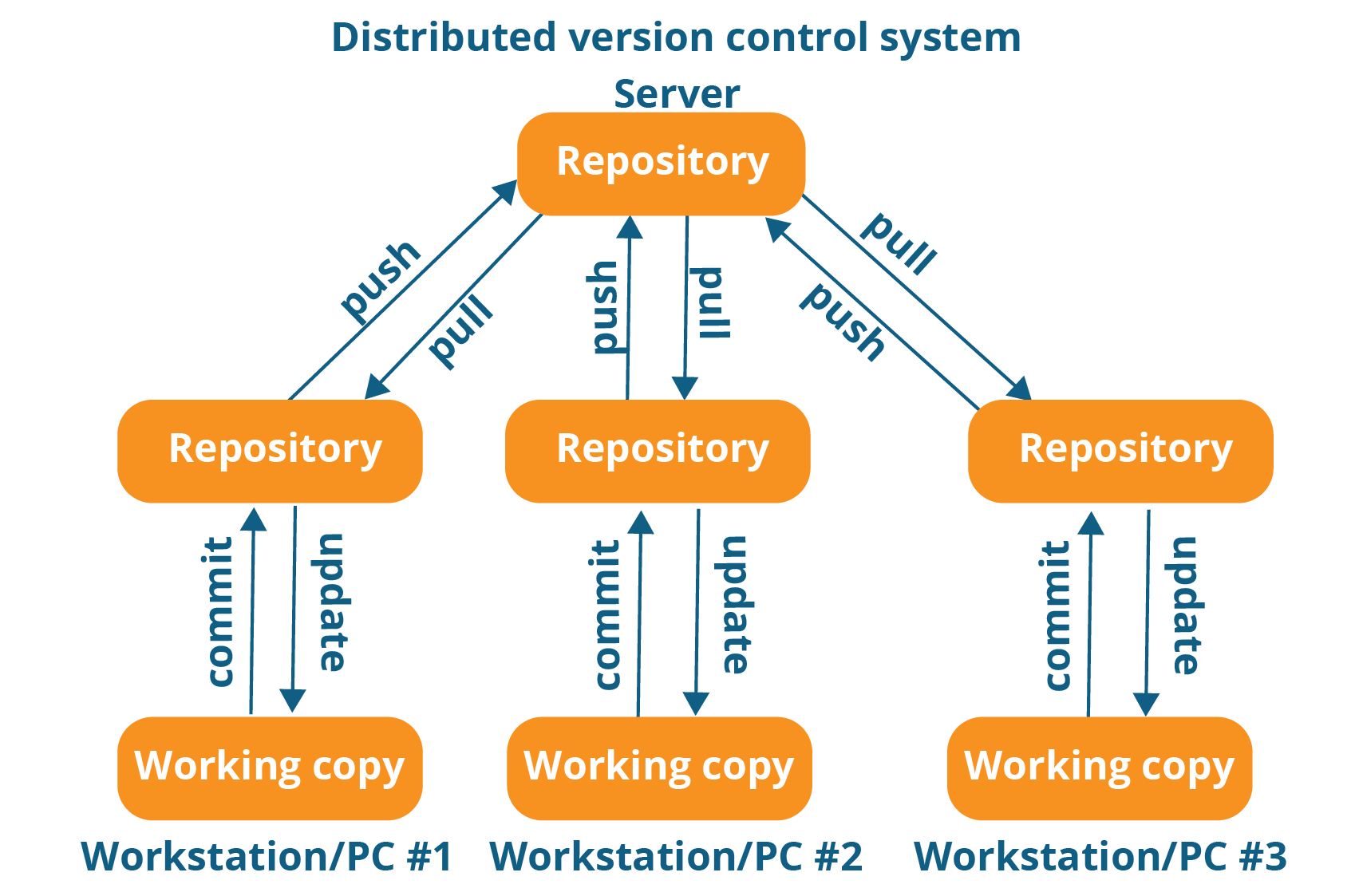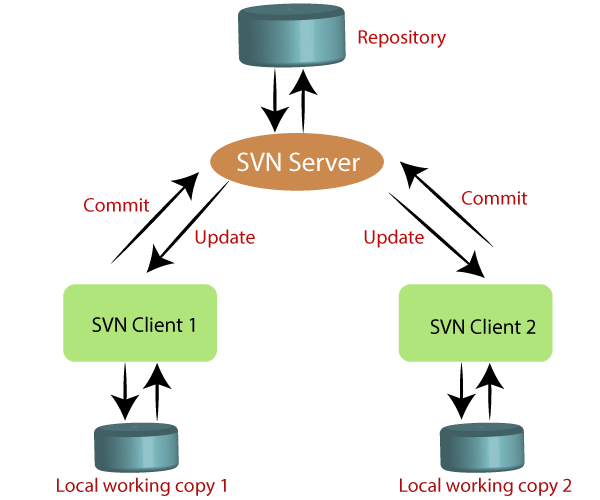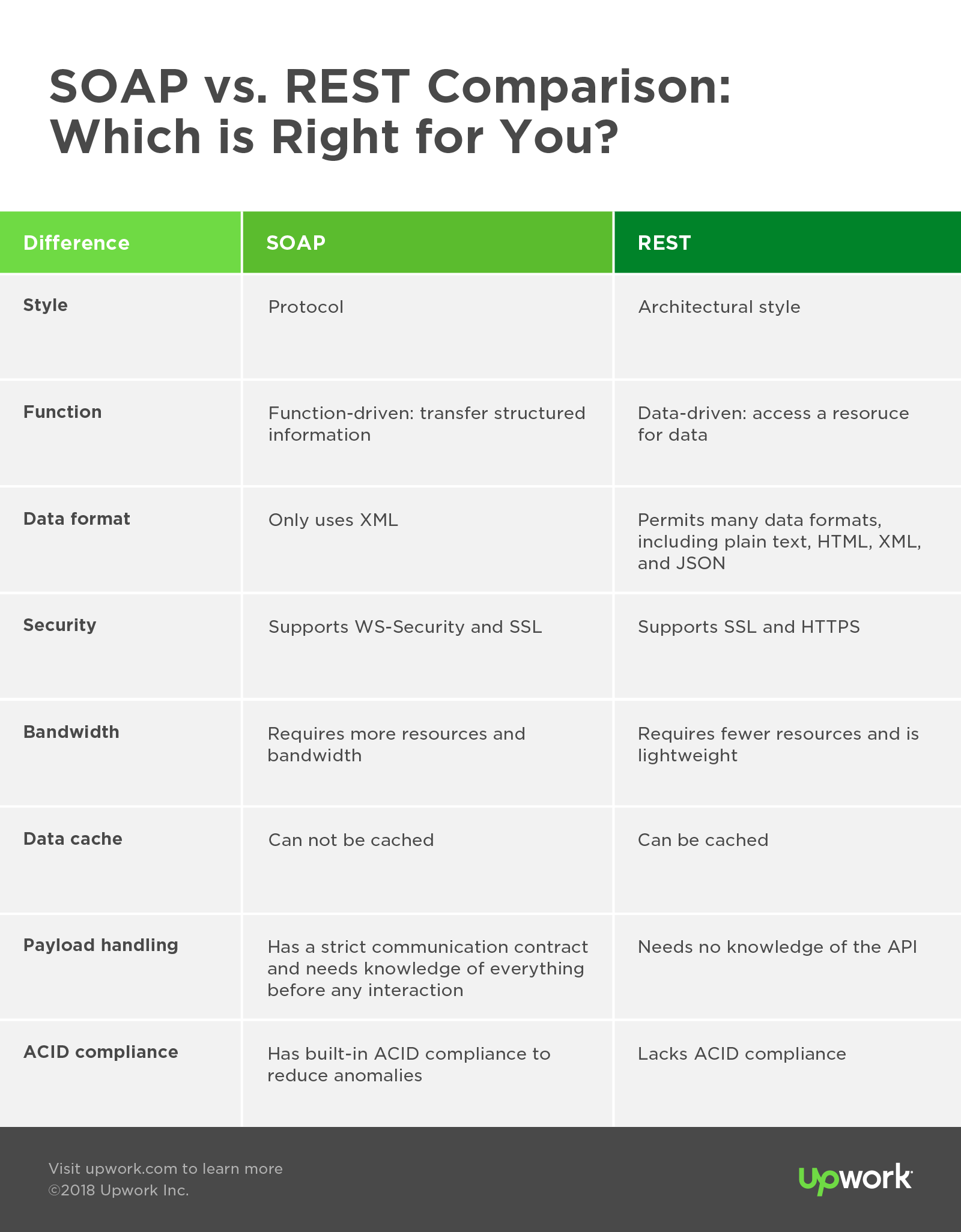Key backend development skills to propel your career in 2023

As businesses step out to integrate websites, they seek skilled professionals who can do the heavy lifting for them. This is where a backend developer comes into play. A backend developer is one who works on server-side applications. In addition to that, they also develop and deploy solutions that facilitate the integration of the front-end with the backend. But that doesn't justify backend developer skills entirely.
So, what exactly do you need to meet the skills and fit the bill? If you are an aspiring developer and wondering what are the backend developer skills that you must possess to secure a good job, this article will help you with the same.
Programming Language and Supported Frameworks
If you are a Java developer or a Python developer, it is necessary that you have strong command over the language and are aware of the advancements in the field.
However, that's not it. To be successful, you must be versatile and equip yourself with a decent knowledge of the top/trending programming languages.
Here are the top five in-demand backend developer skills that you should be aware of.
1. Python
As one of the most loved programming languages by techies for its simple syntax, and tons of built-in libraries, Python is versatile. Being general-purpose, it is suitable for simple tasks such as designing a website to something highly complicated such as training machine learning models.
Commonly used frameworks:
- Django
- Flask
- CherryPy
What developers love about Python:
- An exhaustive list of inbuilt libraries.
- Open-source language with huge community support.
- Simple semantics and easy to understand language.
- Supports OOPS (object-oriented programming).
- Dynamically typed with super high performance.
2. Java
Being one of the oldest yet the one that leads the race, Java offers safety, portability, and a simpler learning curve. The presence of built-in libraries, packages, and concurrency tools have made Java a popular language among developers.
The list of must-have Java backend developer skills includes the knowledge of frameworks that facilitates the development of applications.
Commonly used frameworks:
- Hibernate
- Struts
- Spring
What developers love about Java:
- Huge community of developers
- Is platform-independent
- Supports the concept of OOPS
- Detailed documentation
- Tons of libraries, packages, and tools for faster development
3. Node.JS
With a runtime application environment, Node.js is a lightweight programming language that creates server-side applications with ease. Node.js can collaborate with JavaScript enabling the creation of a robust front-end of an application. What makes Node.js an important language is a fact that it corresponds to the full stack. This reduces the overall development skills required by a developer.
Commonly used frameworks:
- Express.js
- Meteor
What developers love about Node.js:
- Supports asynchronous functions.
- High scalability and extensibility.
- Derived from JavaScript, Node.js is easy to learn.
- Excellent performance and works well with APIs.
- Extensive suite of built-in libraries
4. C#
A modern-day programming language and used commonly on .NET and other open-source platforms. Like Java, C# extends its support to object-oriented programming, and helps the creation of a variety of apps.
Commonly used frameworks:
- .NET
What developers love about C#:
- Simple and intriguing syntax.
- Extended support lambda function.
- Built-in garbage collector.
- Automated memory management tools.
- GET/SET support with generic support.
- Supports language integrated query.
5. PHP
As an open-source scripting language, PHP finds its place in the web development space. It has a vast repository of modules and packaged functions that help create engaging webpages, accounting for the popularity of the language.
Commonly used frameworks:
- Laravel
- CakePHP
What developers love about PHP:
- Open-source language.
- Great community support.
- Straightforward and quick deployment.
- Multiple frameworks leveraging the tech.
- Empower developers with greater control.
Master The Basics of Data Structures & Algorithm
Most of the time, backend developers overlook this when browsing technical interview questions, doubting the relevance of the same. Even though you need not master the subject, for one to stand out in the crowd, it is a must to know the basics of data structures and algorithms and highlight them as one of their backend developer skills.

When browsing through technical interview questions, make sure the list includes:
1. Algorithms
When it comes to programming, algorithms lay the foundation on how to solve a problem. It determines the approach and the appropriate method. Lacking knowledge in this aspect limits the skillset of the back-end developer.
What you need to know:
- Searching algorithms such as Depth First Search and Breadth-First Search.
- Sorting algorithms like selection sort, insertion sort, merge sort, etc.
- Recursive and iterative algorithms.
2. Data Structures
Next to the algorithms, Data Structures form the basis of organizing, accessing, and modifying data in programming. Probably this is why data structures are one among the top backend developer skills. It is important that you are well versed in the types of data structures with respect to a particular language and also the strengths and weaknesses of each. This gives you leverage on others as you can effectively identify which one is the best, given a particular situation. For example, if you are a Python backend developer, there are multiple data structures such as lists, tuples, dictionaries, sets, etc. Each has its pros and cons.
Only when you are aware of the above, can you justify their usage while programming.
What you need to know:
- Array operations
- List functions
- Concepts of the hash tree and hashmap
- Tree and the operations performed on them
Refer to What topics to revisit to cover common technical interview questions? for more information.
Understand The Basics of Databases As a Backend Developer
Backend developer skills aren't limited to the data structures but extend to databases as well. Understanding databases include knowing how-to on designing, developing, and executing operations on a database.
There are two major types of databases namely relational and non-relational databases. A relational database is one where the data is mapped in a table and each one is linked to another in a significant way. The relationship between tables and each of the fields is a schema.
Relational databases have a structured representation and hence the name, SQL database.
The popularly used relational database includes:
- PostgreSQL
- MySQL
- Microsoft SQL Server
The non-relational database also known as the NoSQL database is one where data storage is optimized for its type. Unlike, conventional or relational databases, these do not have a tabular representation. Instead, it has four major types:
- Document-oriented: The database works on document-specific information.
- Key-value stores: Data here is in the form of a key-value pair. It consists of several keys with each having a significant value.
- Wide-column: As the name suggests, the database comprises rows and columns. However, the format may differ, unlike the generic representation in the relational database.
- Graph storage: To depict information in the form of a graph with values represented at nodes and the relationship between the nodes reflected on the edges.
Popularly used non-relational databases are:
- Redis
- MongoDB
Features of a relational and non-relational database.

Memory Management
Application performance has become one of the most important aspects when developing an application. Besides chalking out the features and functionalities of the applications, developers today pay immense consideration to the overall app performance.
Starting with the amount of the memory to the scalability, its portability, and flexibility, everything casts an impact on the application performance. Hence, it is important for the back-end developers to not just know but also work on the areas to provide the best solution.
CPU memory management is one concept that influences application performance. It has long been the notion that the higher the clock speed of a CPU, the faster it performs. However, with the onset of multi-core CPUs, this ceases to exist. Not all applications are multi-threaded, and then running them on multi-core CPUs is tough. It is important to identify what the application is (monolithic or transactional-based) and then step ahead to allocate memory to the same.
Also, given the current times, virtualization has risen to prominence. More and more organizations are shifting their enterprise applications from on-premise infrastructure to the cloud. Increasing the application performance is not about getting the fastest server. It's about entering into the virtualization space. And in order to perform well, it is important that the application is optimized for the same.
On a whole, a backend developer must excel in building applications that can gel well with the given CPU capacity. And if not, they must be able to provide suggestions on whether one should increase the cores or add more GHz or whether to shift to the virtualization space.
Terminal Commands
Command lines enable greater control over the system functions. There are certain operations that seem complicated. However, executing them through the command line not only simplifies it but also accelerates the overall process. Irrespective of whether you wish to run basic operations such as locating a hidden directory or something deep as setting up of the local server, command-line encompasses all.
Similar to Linux, the Unix operating system has a Unix shell that acts as the command-line interface. The CLI interface here can accept both scripting language and interactive command language.
With that being said, here we have a few terminal commands for Linux and Unix that every developer must know.
- ls: To list all of the files and/or directories in your current directory. Terminal commands for Linux and Unix are case sensitive.
- ls -a: This shows all the hidden fields. Only when you ask for them, will they show on the screen. Hidden files have a (.) symbol.
- cat: To create or view files. The cat command displays the text files and also facilitates the creation, combining, or copying of files.
- rm: To delete system files permanently. Note that you won't receive any confirmation message after the execution of the operation.
- mv: To lift and shift a file from the existing location to the new one. Also, the same command initiates the rename operation. mv command works both for files and directories in the same way.
- mkdir: To create a new directory. This creates a subdirectory in the existing directory.
- rmdir: To permanently delete a directory. It is important that the directory is completely empty before executing the operation.
- Man: A special command that acts as a reference. Man stands for manual and this provides information on Linux developer commands and the operating system as a whole.
Find more details about the terminal commands.
Version Control
Version Control or code control allows developers to track, monitor, and manage changes made to files.
Not only that, version control software tags changes by the contributor. Meaning it pinpoints changes along with the contributor. Whenever someone edits the code, a new version is created which can further be tracked and compared with the older versions.
Importance of Version Control
In the absence of a version control software, tracking changes in the code would mean revisiting every line of code. Needless to state that this would add to the overall development time. With version control software, developers can simply compare the existing version of the source code with the earlier ones to find what are the changes. This facilitates quick discovery and quicker resolution of the same.
Version control Used:
Of the many, two of the below-mentioned version control are both common and widely used:
1. Git
Nearly every developer uses free version control. While there are many, Git is one of the highly preferred version control systems. It is simple, quick, efficient, and designed for flexibility with every developer working on a copy of the original code. As a distributed version control system, it can be used to manage smaller as well as large scale projects. Git version control system hosts a robust and secure infrastructure keeping the integrity of the code intact.

One thing to take note of is that developers often confuse between Git and GitHub. To clarify, Git is a version control software that allows you to manage source code whereas GitHub is the cloud-native hosting environment, enabling developers to host and manage all of the Git repositories.

Techies love Git for:
- Open source: Being free and open-source, Git offers the ease to manage projects with ease, abiding by the required speed and efficiency.
- Efficiency in branching and merging: Besides offering commands such as commit and push, Git also allows you to merge source codes or branch one after the other. This streamlines the workflow when there are multiple developers working on the same project.
- Does not require any server: Is cloud-based and hence can operate remotely.
2. SVN

SVN version control is a centralized system. Meaning that all of the code repositories are stored on a central server. As and when you need to make changes or refer to a code, the data is pulled from the server. Commit command helps manifest changes directly to the server. A drawback of using SVN version control is that a single point of failure would stash all of the code at once.
Caching
Caching is often considered when building the design of software architecture in an attempt to solve potential performance bottlenecks of an application. Latency, response time, and the number of concurrent users influence the application’s performance, and utilizing the concept of caching, backend developers can optimize all. Conventionally, when you initiate a request to access a page, it is sent to the server which then responds with the appropriate data. This consumes a lot of time depending upon the location of the server.
With caching, this time reduces as once you have access to the page, it stores the frequently used data in temporary local storage. The next time you send a request, data is retrieved from the cache and not the server, thereby cutting down the page load speed and improving performance.
With increasing online usage and the growing user base, the response time is bound to increase. Caching here helps optimize the usage and performance through:
- Scale-up
- Scale-out
In the pursuit of reducing the response time, scale-up modifies the performance of a single link whereas scale-out horizontally scales the application by making it stateless. Either way, the goal remains the same: to enhance resource utilization, and reduce latency.
APIs (Rest & SOAP)
APIs stand for Application Programming Interface and are primarily the set of protocols that facilitates communication between applications. Consider that you have designed an e-commerce application. In order to accept and process payments, you need to have a payment gateway integration. This is where APIs come into play.
Put simply, APIs allow one or more applications to connect, communicate, and share data. There are several API types but the ones that are used commonly includes:
- REST API: With a simple learning curve, intuitive standards, and a flexible format, REST API is widely accepted and preferred for the open-source codebase.
- Soap API: SOAP is a Simple Object Access Protocol. It relies on XML, is platform-independent, and is best for distributed environments.
Note that irrespective of the API types you use, both of them connect applications and make use of HTTPS protocols to get information. Also, both of them are compatible with XML documentation when sending or retrieving requests.
However, there are differences between rest API and soap API.

- While SOAP API mandates XML documentation, the rest can work with JSON, HTML, and even simple text.
- REST is resource-based whereas SOAP is based on procedure calls
- SOAP is strict and backed by the W3C consortium. REST, on the other hand, is fluid and highlights the best practices used to facilitate application communication.
Hosting
Companies today opt for a hosted infrastructure where all of the necessary tools are stored in remote data servers. This eliminates the need to spend time and effort in installing significant tools and software.
It is a must for a backend developer to be aware of the different hosting options, and the reason why one is better than the other. From AWS to Azure, there are multiple hosting solutions. Each of the above has its own share of features, advantages, and drawbacks. Knowing what are the requirements of a hosting solution, developers can design the application to meet the needs and fit the bill.
We hope this article gives you an idea about the skills and technologies that a backend developer must be familiar with as all of this plays a crucial role when it comes to app development. No matter how much you know, it is always a good practice to introspect and enhance your backend developer skills.
Backend Technology Interview Questions
C Programming Language Interview Questions | PHP Interview Questions | .NET Core Interview Questions | NumPy Interview Questions | API Interview Questions | FastAPI Python Web Framework | Java Exception Handling Interview Questions | OOPs Interview Questions and Answers | Java Collections Interview Questions | System Design Interview Questions | Data Structure Concepts | Node.js Interview Questions | Django Interview Questions | React Interview Questions | Microservices Interview Questions | Key Backend Development Skills | Data Science Interview Questions | Python Interview Questions | Java Spring Framework Interview Questions | Spring Boot Interview Questions.
Frontend Technology Interview Questions
HTML Interview Questions | Angular Interview Questions | JavaScript Interview Questions | CSS Interview Questions.
Database Interview Questions
SQL Interview Questions | PostgreSQL Interview Questions | MongoDB Interview Questions | MySQL Interview Questions | DBMS Interview Questions.
Cloud Interview Questions
AWS Lambda Interview Questions | Azure Interview Questions | Cloud Computing Interview Questions | AWS Interview Questions.
Quality Assurance Interview Questions
Moving from Manual Testing to Automated Testing | Selenium Interview Questions | Automation Testing Interview Questions.
DevOps and Cyber Security Interview Questions
DevOps Interview Questions | How to Prevent Cyber Security Attacks | Guide to Ethical Hacking | Network Security Interview Questions.
Design Product Interview Questions
Product Manager Interview Questions | UX Designer Interview Questions.
Interview Preparation Tips
Strength and Weakness Interview Questions | I Accepted a Job Offer But Got Another Interview | Preparation Tips For the Virtual Technical Interview | 7 Tips to Improve Your GitHub Profile to Land a Job | Software Engineer Career Opportunities in Singapore | What can you expect during a whiteboard interview | How To Write A Resignation Letter | Recommendation Letter Templates and Tips.
Quick Links
Practice Skills | Best Tech Recruitment Agency in Singapore, India | Graduate Hiring | HackerTrail Litmus | Scout - Sourcing Top Tech Talent in ONE Minute | About HackerTrail | Careers | Job Openings.





